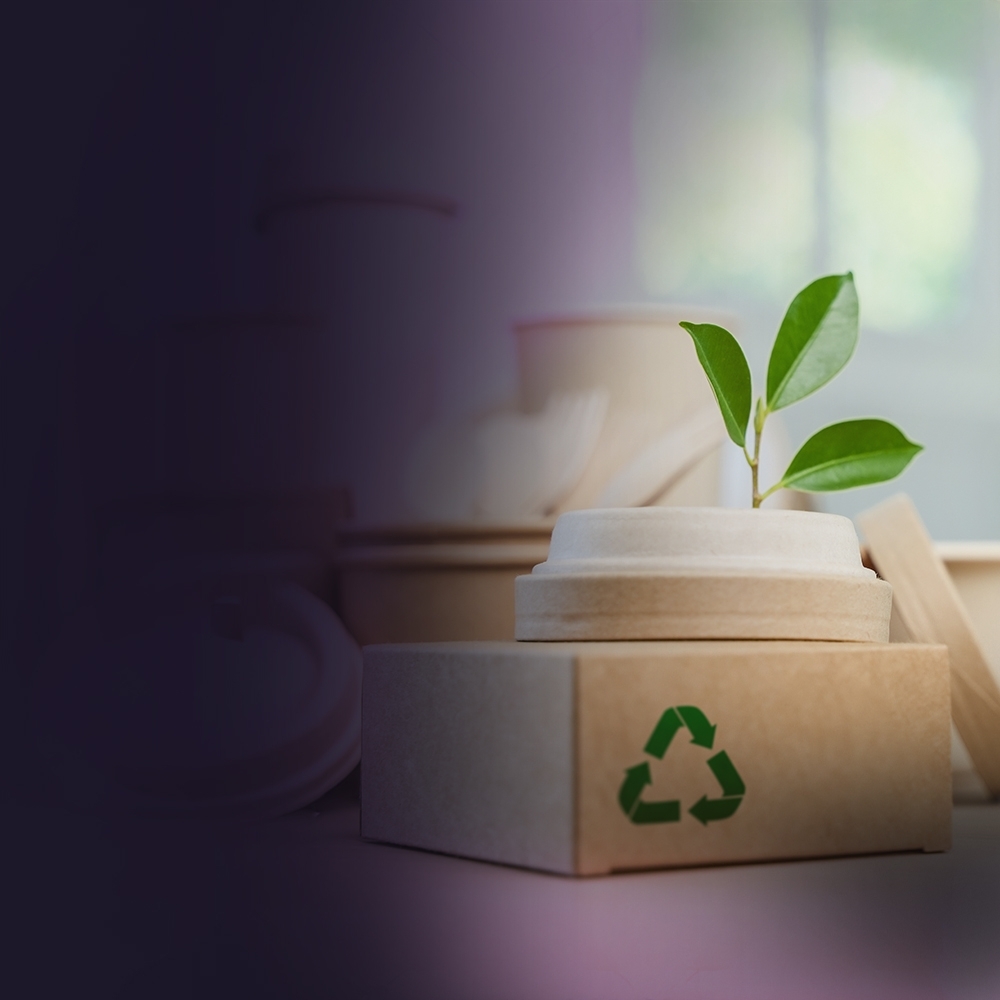12.03.2025
The space sector has seen remarkable advancements in recent years, with innovations spanning propulsion systems, life support technologies, advanced navigation, telecommunications, and space farming.
Thank you
These technological breakthroughs are driving down the cost of access to space and enabling new missions and applications. As global space activity intensifies and diversifies, the importance of protecting these innovations through patents becomes increasingly evident.
Global patenting activity in space technologies has therefore accelerated significantly since 2011 – producing a six-fold increase in annual patent family publications from around 1,400 in 2011 to almost 9,000 in 2023 [1], and a compound annual growth rate (CAGR) of 15% between 2010 and 2023.
Key areas include astronautics, space-borne sensing, and space propulsion, with the acceleration largely being driven by the emergence of private companies venturing into space and a resurgence of the international space race, including new entrants such as China, India and Japan.
As a result, over 67,000 patent families have been identified in space transportation since 2000, with protection being sought to a large extent in the US (24,673), through the European Patent Office (12,615), and in the UK (6,343) [1].
A patent may be sought for products, processes, or methods that are new and inventive, and give the owner exclusive rights to their invention. In this manner, the owner can prevent others from making, using, selling, or importing a patented invention without permission.
Patents primarily serve to prevent competitors from infringing on a business’s technical innovations but equally act as a deterrent to competitors entering a fenced-off technology area in the first instance. Such protection is vital in a field where cutting-edge technology is constantly being developed to address complex challenges.
By securing patents, companies can safeguard their intellectual property, attract investment, and maintain a competitive edge.
In the space sector, patents are also particularly effective for facilitating collaboration and licensing, allowing smaller innovators to partner with larger companies and bring their technology to market.
In this respect, patents are also valuable for the other roles that they can play in adding value to a business, rather than as instruments for litigation.
One common concern about patents in the space sector is their territorial nature. Patents are typically only enforceable within the borders of the country or region where they are granted, which is seemingly problematic for space technology used outside such borders.
However, a strategic approach can be developed to secure patents where the inventions are put into practice on earth, prior to launch. For example, jurisdictions may be targeted where a patented method of manufacture is likely to be carried out, or jurisdictions where a patented product is likely to be manufactured or imported prior to launch. In this respect, it is important to understand the landscapes for manufacturing and launch services relating to any such inventions.
This paradigm equally applies to inventions carried out in space, as long as the result ends up in a particular jurisdiction on Earth.
Even if a business does not intend to litigate a patent, the advantages provided by a patent, especially within the field of space technology, are extensive.
Patents are therefore instrumental tools in the space sector, providing essential protection for new inventions and enabling companies to benefit from their innovations. By addressing concerns about the territorial nature of patents and leveraging international agreements, companies can ensure comprehensive protection for their technology, whilst attracting investment, facilitating collaboration, and driving economic growth. As the space sector continues to evolve, the role of patents will remain crucial in fostering innovation and enabling companies to achieve their ambitious goals in space exploration.
[1] - WIPO Technology Trends Technical Annex: Future of Transportation in Space - Global patent trends

13.03.2025
Generative AI and the Race for Patent Protection: Insights from WIPO’s Patent Landscape ReportThe rise of generative AI has sparked a surge in patent filings in this field. In her latest article, Amelia Ross explores key insights from WIPO’s Patent Landscape Report on generative AI, including which companies and countries are driving this explosion of innovation.

13.02.2025
Packaging innovations and IPAhead of the Packaging Innovations & Empack exhibition, Nathaniel Taylor takes a look at the forms of Intellectual Property (IP) typically arising in the packaging industry and the boundaries between the different forms of protection that might be available. In the packaging industry, companies typically seek various forms of IP protection for packaging innovations, including patents, registered designs, and trademarks.
Thank you